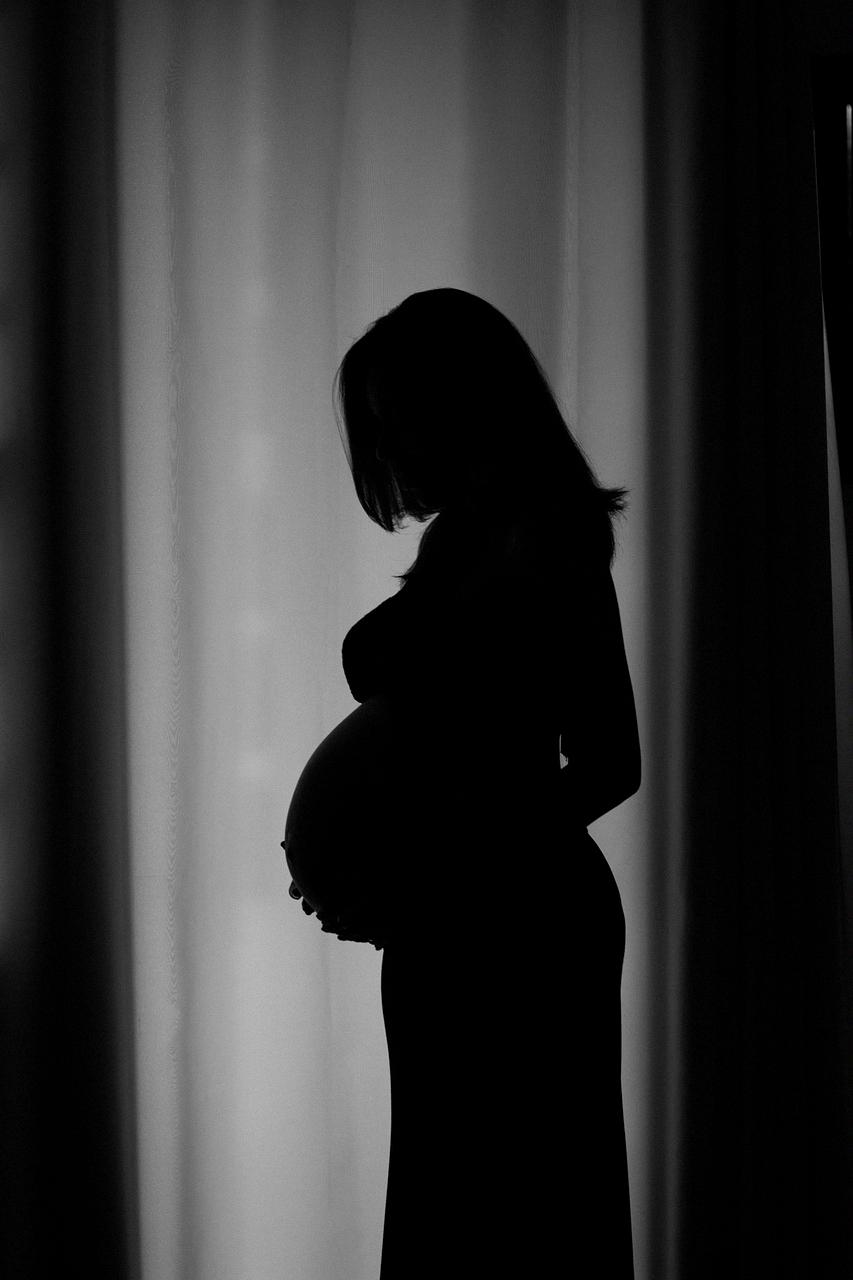At three months, a baby in the womb goes through remarkable developments that shape its appearance and capabilities. By this stage, the baby is fully formed and exhibits features that are indicative of its rapid growth and maturation.
Formation of Limbs
One of the notable aspects of a three-month-old baby in the womb is the formation of its limbs. At this stage, the baby has developed arms, hands, fingers, feet, and toes. These structures play a crucial role in the baby’s movement and interaction with its surroundings.
Motor Skills
The development of the baby’s motor skills is evident at three months in the womb. The baby can open and close its fists and mouth, demonstrating early signs of coordination and control over its movements. These actions are essential for the baby’s future growth and development.
Facial Features
Facial features of a three-month-old baby in the womb are also taking shape. Fingernails and toenails begin to develop, and the external ears are formed. These features contribute to the baby’s overall appearance and serve important functions in its sensory perception.
Dental Development
Remarkably, at three months, the beginnings of teeth are forming in the baby’s gums. This early development of dental structures is crucial for the baby’s future ability to chew and digest food. It also signifies the baby’s growth and progression in the womb.
Size and Proportions
By three months, the baby in the womb has grown significantly in size and exhibits more defined proportions. The baby’s body continues to elongate, and its features become more distinct, reflecting the intricate process of fetal development.
Organ Systems
The baby’s organ systems are also well-established at three months in the womb. These systems, including the respiratory, circulatory, and digestive systems, are functioning and developing to support the baby’s growth and well-being. Each system plays a vital role in the baby’s overall health.
Movement and Activity
As the baby grows and develops in the womb, its movements become more pronounced. At three months, the baby exhibits increased activity, responding to stimuli and engaging in spontaneous movements that prepare it for life outside the womb. These movements are a testament to the baby’s vitality and potential.
Sensory Development
The baby’s sensory development is also progressing at three months in the womb. The formation of external ears allows the baby to perceive sounds from the surrounding environment. This sensory input is crucial for the baby’s cognitive development and responsiveness to stimuli.
Placental Support
Throughout the three months of pregnancy, the baby receives essential nutrients and oxygen through the placenta. This vital organ supports the baby’s growth and development by providing necessary sustenance and removing waste products. The placenta plays a pivotal role in ensuring the baby’s well-being in the womb.
Protection and Nourishment
As the baby continues to thrive in the womb, it is surrounded by the amniotic fluid, which serves as a protective cushion. This fluid provides a safe environment for the baby to grow and move, shielding it from external pressures. It also facilitates the exchange of nutrients and waste products, ensuring the baby’s nourishment and well-being.
Maternal Bond
At three months, the baby’s development fosters a strong bond between the mother and child. The mother’s awareness of the baby’s growth and movements deepens the maternal connection, creating a sense of intimacy and care. This bond is essential for the baby’s emotional and psychological development, laying the foundation for a nurturing relationship.
Anticipation of Birth
As the baby reaches the three-month mark in the womb, the anticipation of birth grows stronger. The baby’s progress and growth evoke a sense of wonder and excitement, heralding the arrival of a new life. This period marks a significant milestone in the baby’s journey towards birth, embodying hope and promise for the future.

